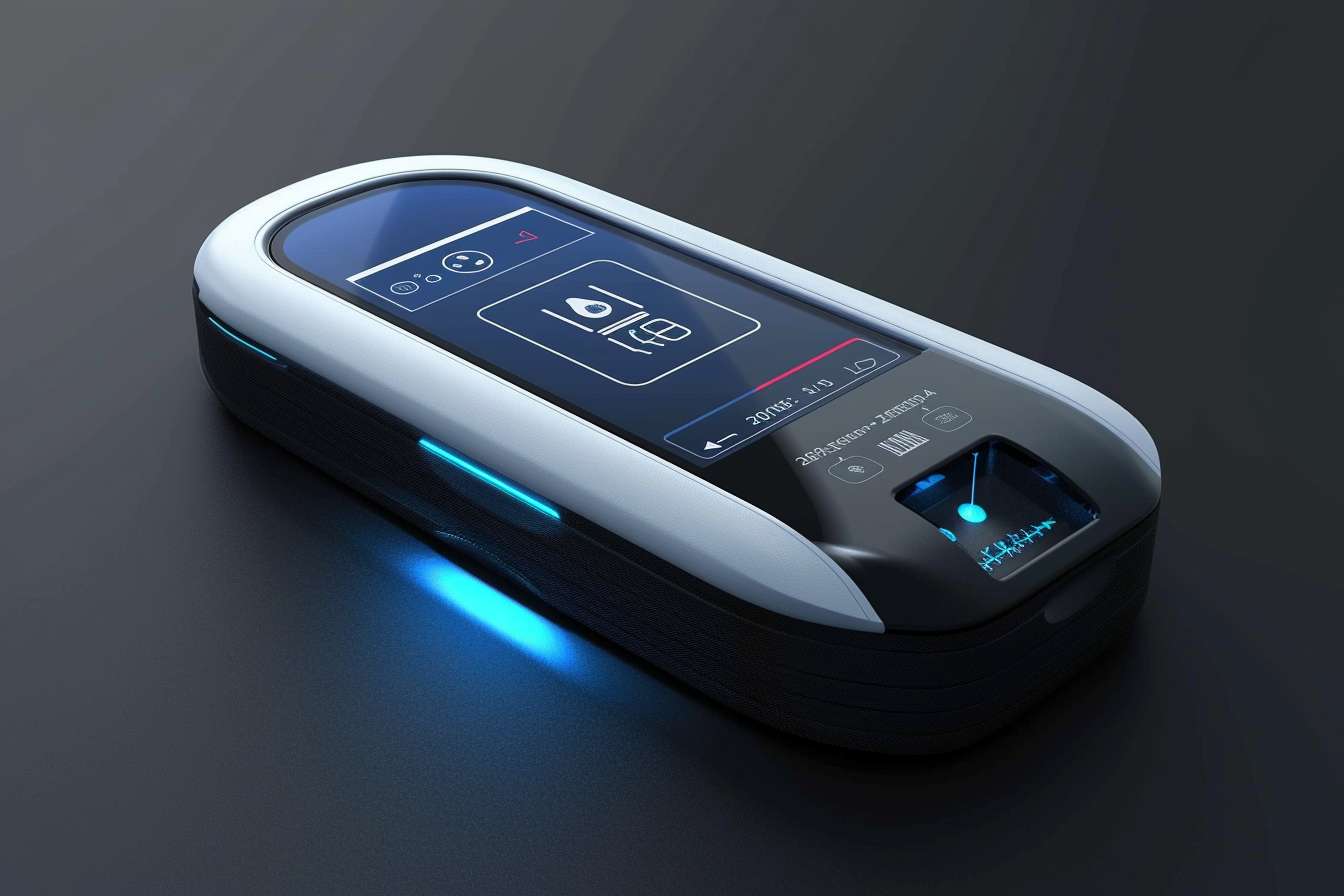Optimizing Content Layout for Large Horizontal Displays
Large horizontal displays present unique opportunities and constraints for content layout. This teaser outlines key considerations—interaction, visibility, and technical integration—that designers and integrators should weigh when arranging information and interactive elements for collaborative, multitouch environments.

Large, horizontal displays change the way people interact with digital content: they invite standing and seated users, encourage collaboration, and require layout choices that prioritize reachability, readability, and simultaneous input. Effective content layout balances visual hierarchy with interactive affordances so that multiple participants can work together on a tabletop without confusion. Considerations span hardware (touchscreen responsiveness, sensors) and user-centered design (ergonomics, task flow) so that the surface feels intuitive and durable during sustained use.
How does multitouch affect layout?
Multitouch interaction allows several users to manipulate different areas of the interface at once, so layout must avoid single-point bottlenecks and overlapping controls. Design for parallel interactions by distributing primary controls across the surface and using clear visual zones for each user. Gesture areas should be large enough to accommodate fingertips and palms, and visual feedback must be immediate to reflect concurrent touches. Multitouch systems also require attention to touch filtering and input arbitration so that simultaneous gestures don’t conflict with each other or trigger unintended actions.
How to support collaboration on a tabletop display?
Collaboration design prioritizes shared awareness and easy handoffs between users. Layout strategies include symmetric arrangements, mirrored tools for opposite sides, and clear indicators for who is editing what. Provide local and global views: small, peripheral widgets can offer an overview while central areas host detailed work. Support multiple input types—gestures, on-screen controls, and paired devices—and consider session persistence and synchronization so collaborators can join or leave without losing context. Labels, color coding, and spatial consistency reduce ambiguity during group tasks.
How should touchscreen ergonomics guide layout?
Ergonomics influence both the placement of UI elements and the expected interaction patterns. For large horizontal displays, place frequently used controls within comfortable reach zones to minimize stretching or leaning. Consider the difference between standing and seated use: reach envelopes vary, so design adaptable layouts or allow personal workspaces that shift depending on user position. Text size and contrast should support readability at typical viewing distances, and avoid placing critical controls at the far edges where accidental activation is more likely during resting gestures.
How to design for durability and maintenance?
Large horizontal installations see heavy, often public, use; durability and maintenance must inform material and layout choices. Choose touchscreens and surface materials that resist scratches and are easy to clean without degrading touch sensitivity or display clarity. Layouts should account for protective bezels or bumpers and avoid placing interface elements where hardware maintenance or cable access is required. Plan for routine calibration and maintenance windows by designing toggles or administrative zones that technicians can access without disrupting regular users.
How to handle networking, security, and synchronization?
A connected horizontal display often participates in collaborative networks and must handle real-time synchronization reliably. Architect content so that local interactions sync with remote sessions gracefully, using conflict resolution strategies for simultaneous edits. Networking considerations include bandwidth, latency, and secure authentication. Implement role-based permissions and encrypted channels to protect shared data, and ensure that session state can be recovered in case of network interruption. Synchronization logic should prioritize consistency and predictability to avoid surprising users during collaborative edits.
How do calibration and sensors influence layout?
Sensors and calibration routines affect how accurately touch maps to on-screen elements and how the system interprets gestures. Regular calibration maintains alignment between physical touch points and visual targets, which is crucial for precise tasks. Ambient sensors—light, proximity, or presence detectors—can inform adaptive layouts (e.g., increasing contrast in bright conditions or changing orientation when users gather). Place interactive elements where sensor coverage ensures consistent detection, and design fallback behaviors for times when sensors report degraded readings to prevent frustrating input errors.
Large horizontal displays require a blend of interaction design, hardware planning, and operational foresight. Prioritize clear visual hierarchy and distributed controls to support multitouch and collaboration; design ergonomically for varied user positions; and select materials and modular layouts that simplify maintenance. Networking, security, and robust synchronization keep shared sessions reliable, while calibration and sensor integration preserve accuracy over time. Thoughtful layout choices make horizontal surfaces productive and resilient across diverse environments.





